Dreams in 2D: How Anime Became the Escape Hatch for African Youths
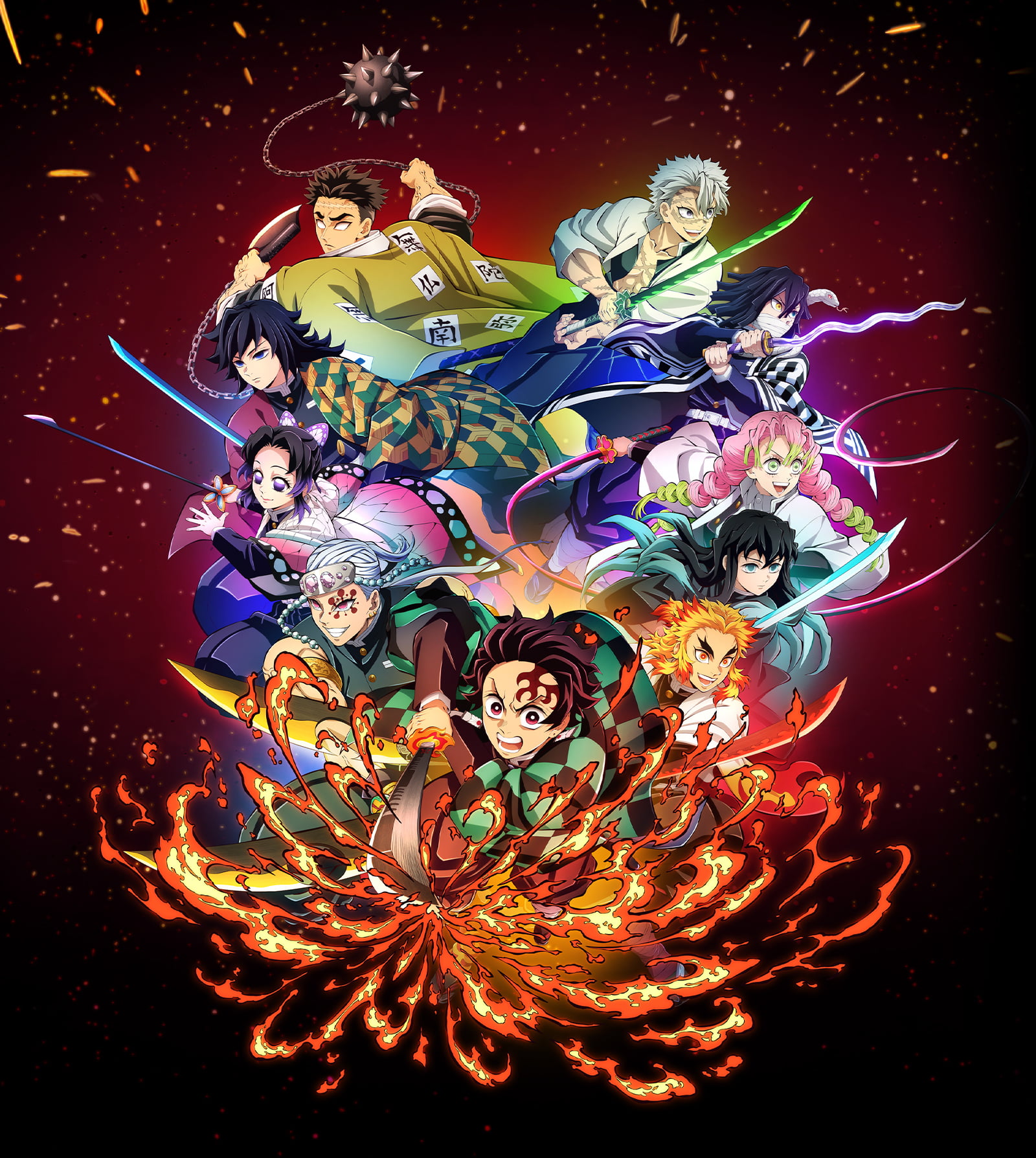
It’s past midnight, and Dami is still awake, eyes glued to his cracked phone screen. His data subscription is almost gone, but he doesn’t care.
The final episode of Attack on Titan is playing, and for those twenty-three minutes, he forgets the noise of the world. He forgets his unpaid bills, the pressure to “make it,” and the silence of his dreams yet to be achieved.
For Dami, anime is not just a form of entertainment. It is a form of escape. It is a quiet, glowing doorway into worlds where a character's struggle leads to purpose, where emotions aren’t mocked, and where even the smallest hero has a chance to rewrite fate.
And this is not the case of Dami alone, it is rather the case of thousands of African Youths as anime begins to gain wave amongst the youth.
The Weight of Reality
Across the continent, young people are facing a generation-defining storm. Unemployment numbers remain high, inflation bites deep, and the unspoken pressure to succeed and to “bring something home”, has turned survival into an identity.
It is no surprise that so many are searching for alternative spaces to breathe, to dream, to imagine something beyond the exhaustion of reality.
For some, it is music or gaming. But for a growing number, anime has become that window of where possibility can be found. A universe where pain has purpose and effort is never wasted.
African Gen Zs and Millennials have found something profoundly human in Japanese storytelling: the idea that life’s chaos can still produce meaning.
Shows like Naruto teach that even the underdog can find belonging; Demon Slayerromanticizes perseverance in the face of grief; Attack on Titan exposes the moral cost of freedom; Your Name reminds us that love survives time and space.
These narratives resonate deeply with a generation living in systems that often fail them. Anime offers what the real world withholds which is the ultimate sense of justice, control, and poetic purpose.
Anime as Therapy, Not Just Fantasy
Contrary to the misconception that anime is “for kids,” many African youths see it as an emotional lifeline. The genre does not shy away from pain. Characters cry, fail, question themselves and they still rise.
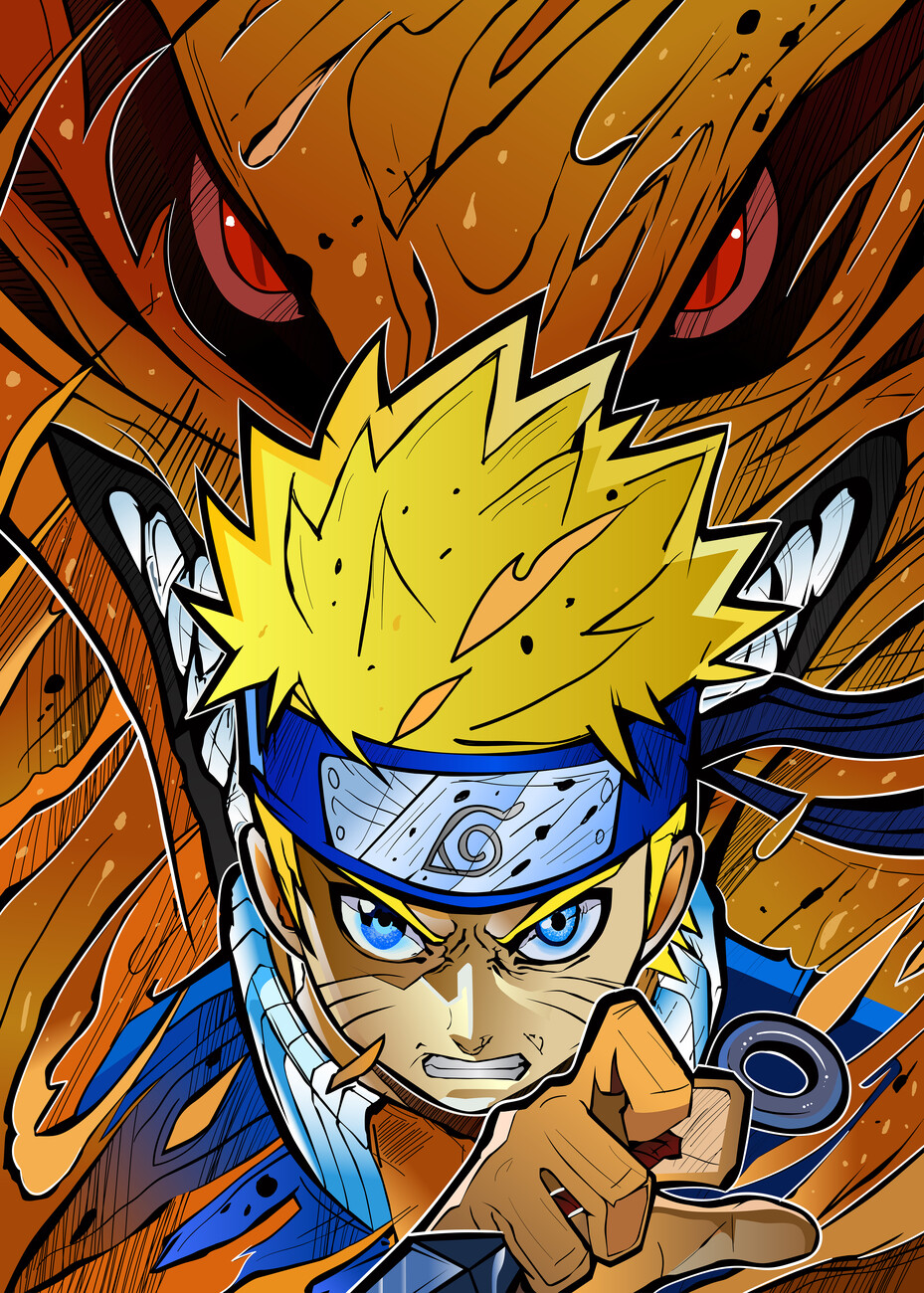
Take Naruto Uzumaki, ostracized since birth but determined to earn acknowledgment. His story mirrors countless African youths fighting for validation in societies that undervalue their potential.
Eren Yeager’s anger in Attack on Titan reflects the bottled frustration of generations growing up under economic pressure. Tanjiro Kamado’s gentleness in Demon Slayer shows that empathy can survive even in harsh realities.
These stories serve as mirrors and emotional simulations where viewers rehearse courage, grief, and hope. In countries where therapy is expensive and vulnerability is often silenced, anime becomes an accessible form of emotional education.
When a young African girl watches Vivy: Fluorite Eye’s Song and sees a robot grappling with what it means to have purpose, she is perphaps not just entertained but also seen. When a boy replays One Piece and hears Luffy shout “I’m going to be the Pirate King!”, it echoes his own desire to carve a path no one thought possible.
Online Communities and Shared Solace
The anime experience for African youths extends beyond the screen. Social media platforms like TikTok, X (formerly Twitter), and Discord have created vast online villages where fans find community.
Anime edits set to Afrobeats tracks trend weekly. Twitter threads debate plot twists. WhatsApp groups host watch parties.
Fandoms become friendship circles, spaces where you can talk about depression through a Tokyo Ghoul quote and still be understood.
Through these communities, anime fans in Africa are crafting new cultural identities that fuse African resilience with Japanese artistry.
It’s no longer strange to see a Lagos anime-themed thrift store or an anime night event with cosplay and ramen cups. These are not just aesthetic gatherings, they are healing spaces. In a continent where creative expression often competes with survival, anime offers both refuge and recognition.
Between Guilt and Freedom
But not everyone understands this obsession. Many African parents, raised in more conservative times, view anime as childish or “foreign.”
There is an unspoken guilt in being passionate about something they can’t explain to their family. How do you tell your mother that Jujutsu Kaisen helped you through your lowest point? Or that Bleach taught you more about loyalty than Sunday school ever did?
For many, anime becomes a private rebellion, a subtle way of claiming identity in a world that constantly defines you. Watching anime at night is like therapy after a long day of performing expectations. Drawing anime characters is just practicing creativity in a continent that often undervalues art.
And slowly, perceptions are shifting. More parents are no longer seeing anime as a distraction.
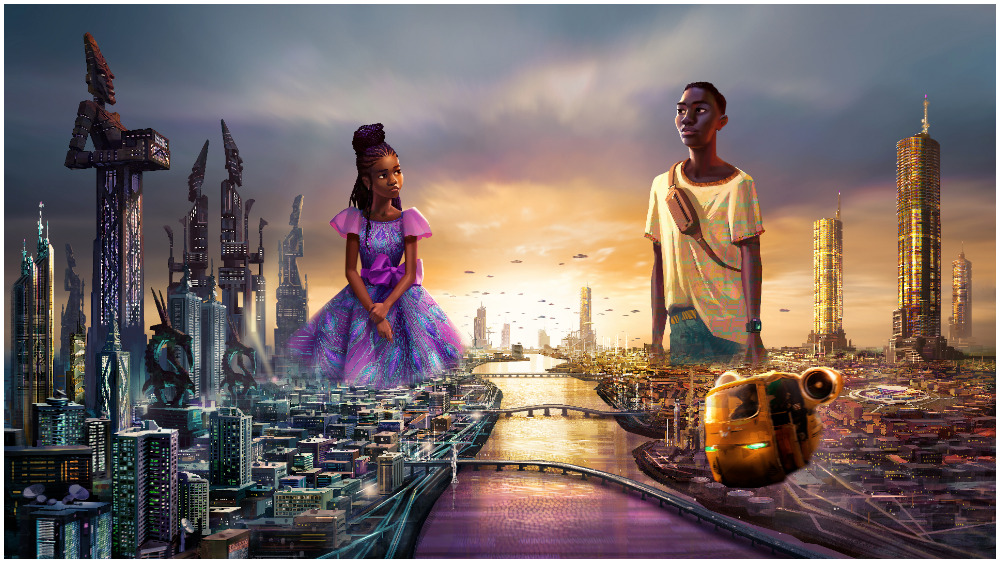
The Birth of a Creative Movement
This escape hatch is also opening new industries. Anime has sparked wholesome creative revolutions across Africa. It is inspiring illustrators, animators, and storytellers to produce local narratives in anime form.
Studios like Kugali Media in Nigeria partnered with Disney to release Iwaju, a futuristic Lagos story blending African and anime aesthetics. Young artists on Instagram are creating manga set. YouTube channels analyze anime in Pidgin English, turning critique into content creation.
For every African youth sketching characters in class or editing anime AMVs on their phone, anime is the spark that says, “I can tell stories too.”
Anime’s gift to African youths is not just fantasy; it is imagination and the courage to see life differently and create meaning from struggle.
Beyond the Screen
At its heart, the rise of anime culture among African youths is not a retreat from reality, but a redefinition of it. Anime provides the freedom to dream safely, the language to express pain beautifully, and the inspiration to turn escape into evolution.
The truth is, dreams don’t die in Africa, they adapt. They find shelter in notebooks, sketchpads, and glowing screens.
They breathe in subtitles and fight scenes. They are reborn in 2D worlds that remind young Africans that it is okay to feel, to fail, to fight, and to keep imagining.
Because sometimes, the dream begins on a cracked phone screen and that is enough to make the real world a little more bearable.
Recommended Articles
When Your Leader Looks Like You: The Mirage of Youth in Power
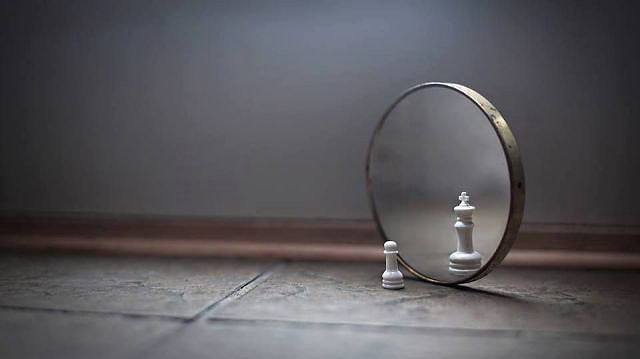
Africa’s youth make up most of the population but remain locked out of power. This article explores why generational cha...
Always Online: The Psychology Behind Our Phone Addiction
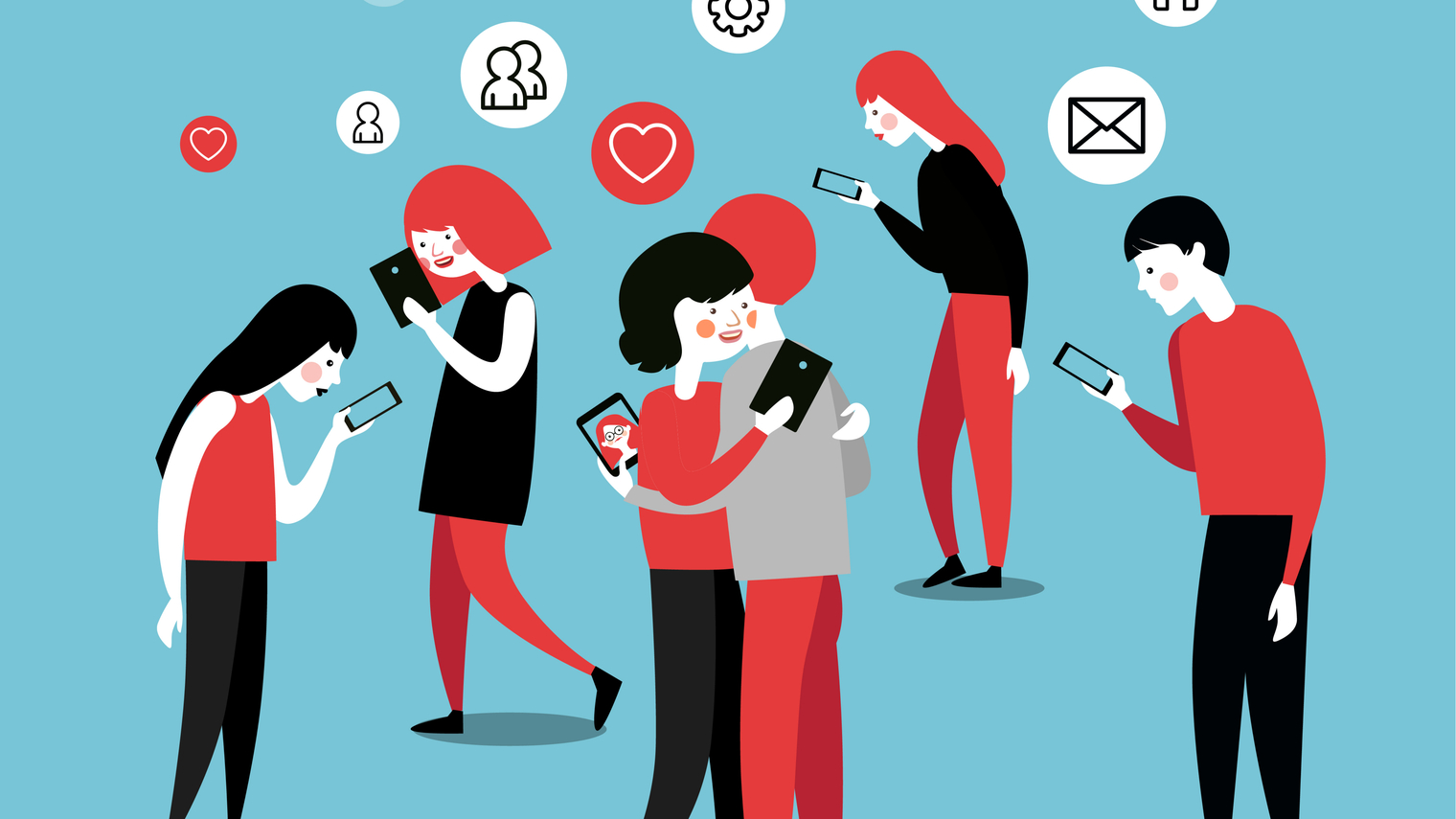
This article explores the psychology behind our obsession with smartphones—how dopamine, FOMO, and digital culture keep ...
Where Did the Music Groups Go? The Decline of Collective Artistry in Africa
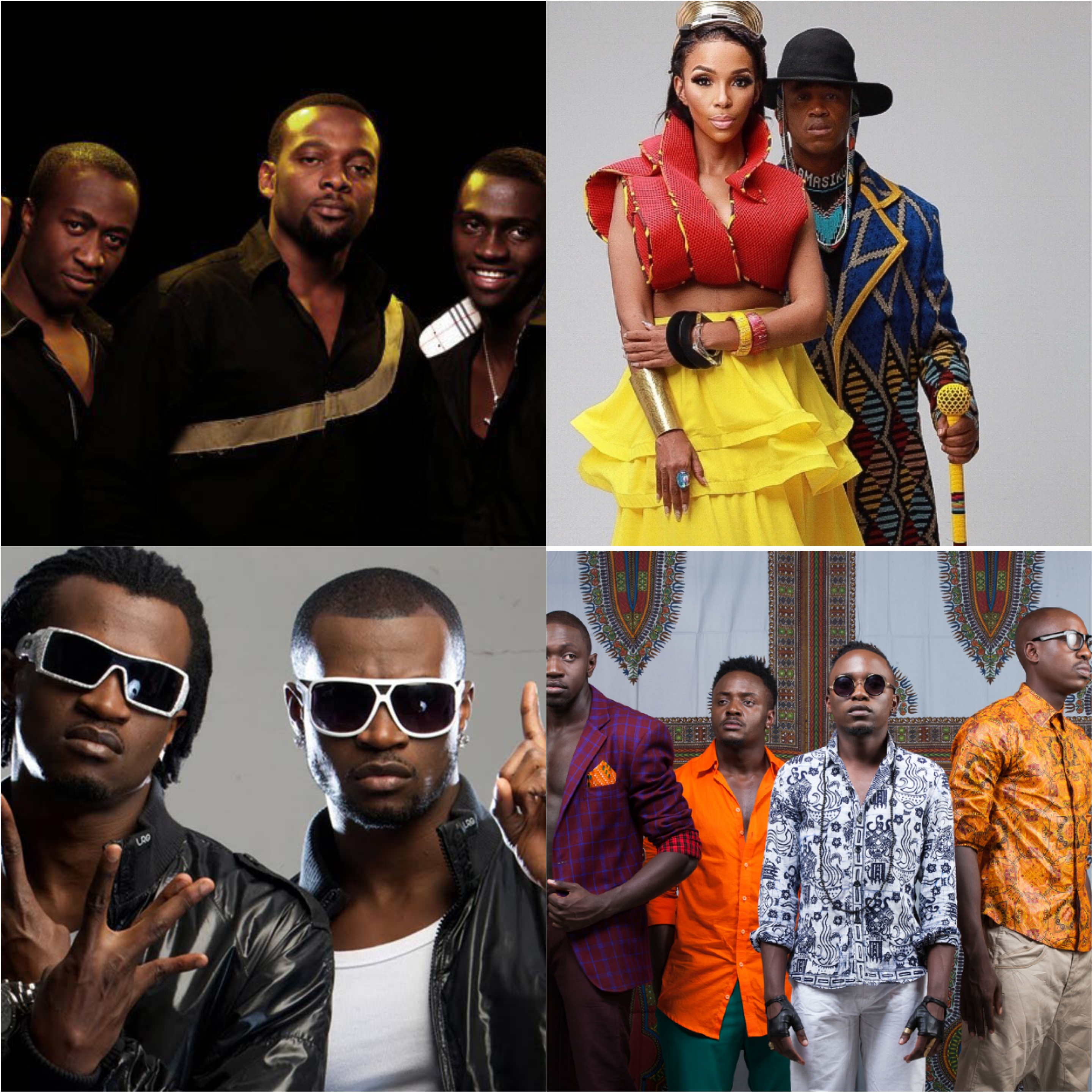
Once the heartbeat of African pop culture, music groups have gradually faded into memory. This article explores why coll...
You may also like...
Super Eagles' Shocking Defeat: Egypt Sinks Nigeria 2-1 in AFCON 2025 Warm-Up

Nigeria's Super Eagles suffered a 2-1 defeat to Egypt in their only preparatory friendly for the 2025 Africa Cup of Nati...
Knicks Reign Supreme! New York Defeats Spurs to Claim Coveted 2025 NBA Cup

The New York Knicks secured the 2025 Emirates NBA Cup title with a 124-113 comeback victory over the San Antonio Spurs i...
Warner Bros. Discovery's Acquisition Saga: Paramount Deal Hits Rocky Shores Amid Rival Bids!
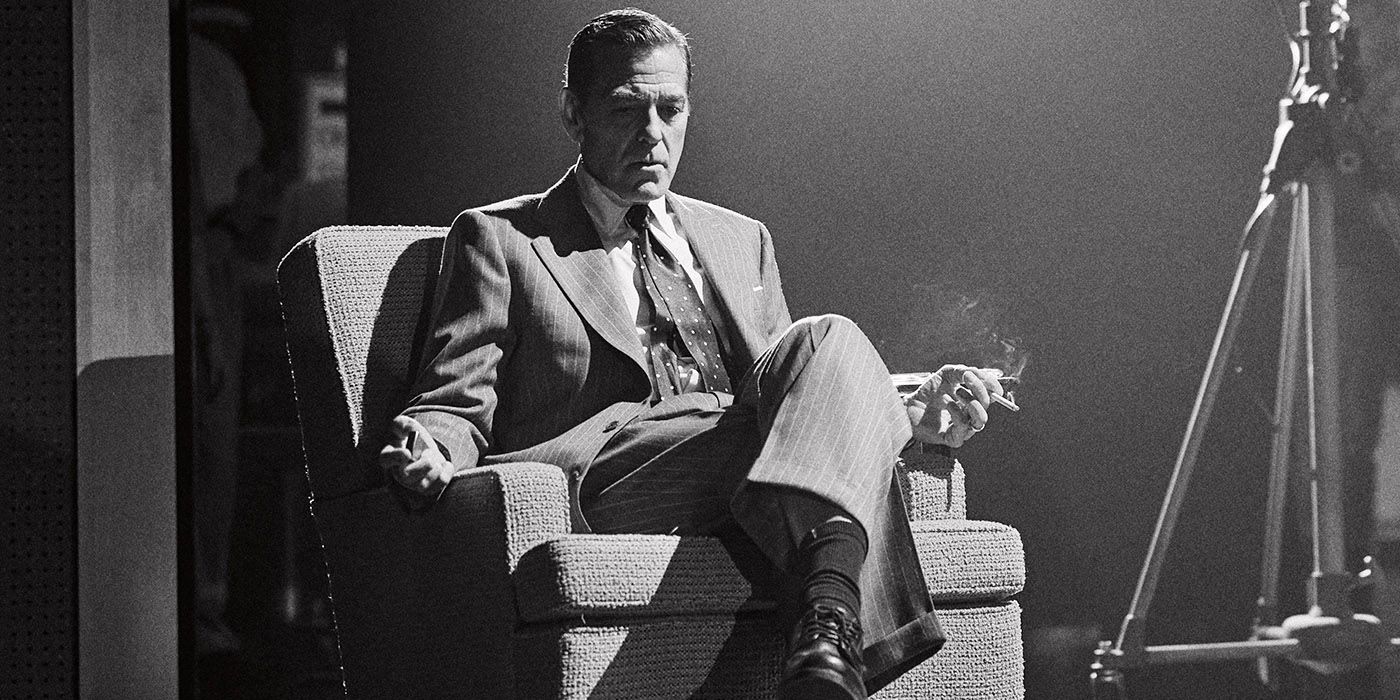
Hollywood's intense studio battle for Warner Bros. Discovery concluded as the WBD board formally rejected Paramount Skyd...
Music World Mourns: Beloved DJ Warras Brutally Murdered in Johannesburg

DJ Warras, also known as Warrick Stock, was fatally shot in Johannesburg's CBD, adding to a concerning string of murders...
Palm Royale Showrunner Dishes on 'Much Darker' Season 2 Death
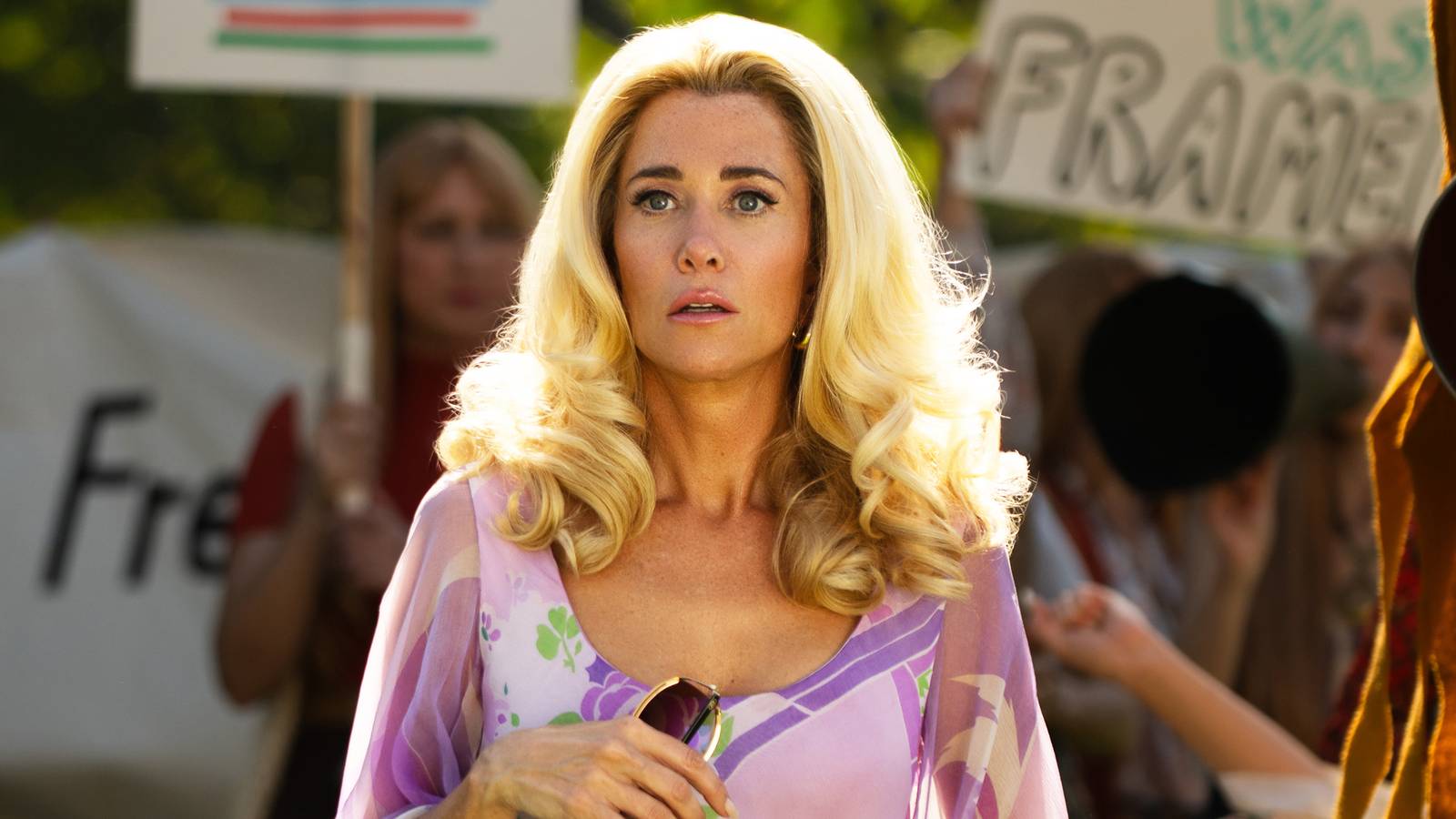
"Palm Royale" Season 2, Episode 6, introduces a shocking twin twist, with Kristen Wiig playing both Maxine and her long-...
World Cup Fiasco: DR Congo Faces Eligibility Probe, Sparks 'Back Door' Accusations from Nigeria

The NFF has petitioned FIFA over DR Congo's alleged use of ineligible players in the 2026 World Cup playoffs, potentiall...
Trump's Travel Ban Fallout: African Nations Hit Hard by US Restrictions

The Trump administration has significantly expanded its travel restrictions, imposing new partial bans on countries like...
Shocking Oversight: Super-Fit Runner Dies After Heart Attack Symptoms Dismissed as Heartburn

The family of Kristian Hudson, a 'super-fit' 42-year-old marathon runner, is seeking accountability from NHS staff after...
.png&w=1920&q=75)
